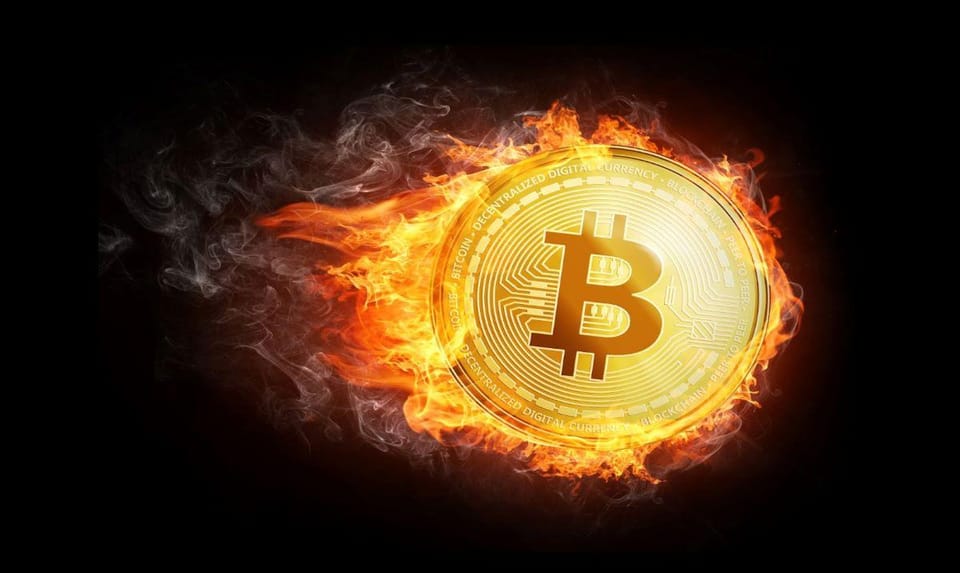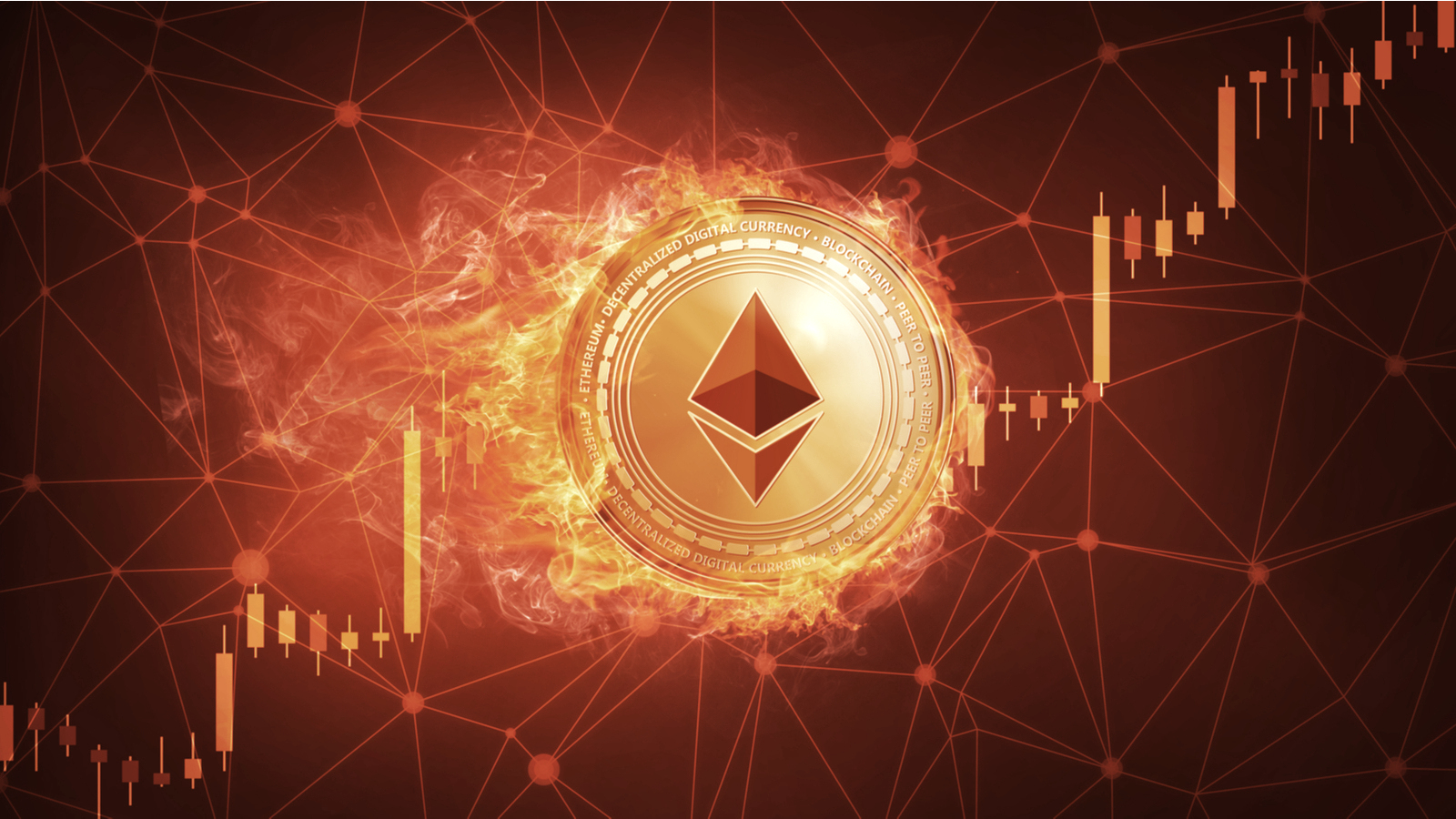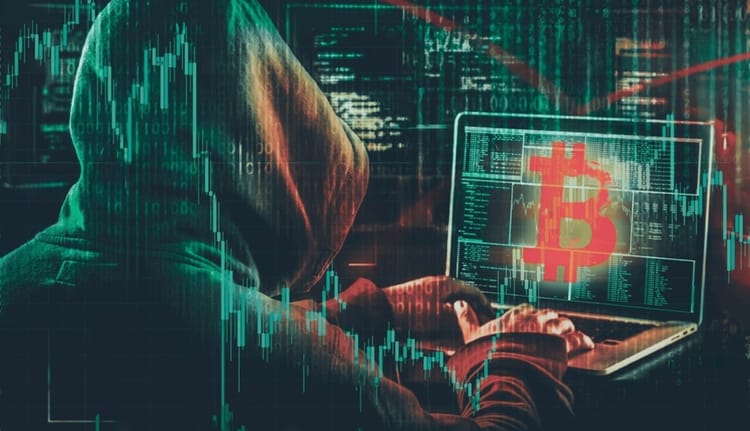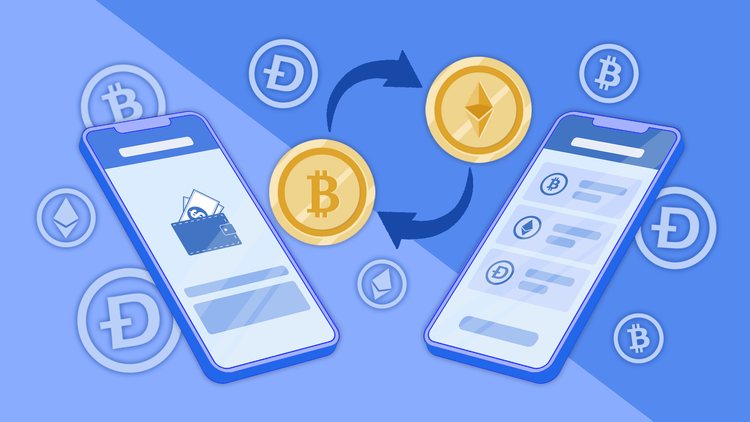Crypto Guide: What is Coin Burning and Why Does it Matter?

Cryptocurrency burning refers to the permanent removal of a specific number of coins from the circulating supply. Coin burning is irreversible, and aims to create a deflationary effect on the asset's value. Developers use crypto burning for a variety of reasons, including the need to maintain a stable value, to influence market sentiment, or demonstrate their commitment to it roadmap.
Cryptocurrency burning is an important process in the cryptocurrency industry where a specific number of coins are permanently removed from circulation, primarily as a deflationary measure. By practice, these coins are sent to a wallet address that's only designed to receive cryptos and cannot return a private ley, making it impossible for these assets to be accessed. This action 'destroys' the coins inthe wallet, effectively removibg these from the circulation.
One of the most famous cases of crypto burning involves Vitalik Buterin and Shiba Inu. According to reports, the creator of Shiba Inu gave Buterin 50% of the Shiba supply upon its launch. However, in 2021, Buterin burned 90% of his tokens and donated the remaining coins to charity, saying that he doesn't want to be "the locus of power".
The reports added that the burnt tokens were estimated to be worth $6 billion and at current prices, they should be worth trillions of dollars. "I've decided to burn 90% of the remaining shiba tokens in my wallet. The remaining 10% will be sent to a (not yet decided) charity with similar values to cryptorelief (preventing large-scale loss of life) but with a more long-term orientation", Buterin shared through a note attached to the transaction. The Ethereum chief developer also notes that he prefers that developers should give their tokens to charities, and not to him.
Cryptocurrency burning can have several effects on the crypto market. Since burning tokens reduce the number in circulation, it can potentially influence market sentiment. Many see the act of destroying coins (and reducing the number in circulation) as positive, which can drive scarcity and prices up. However, burning doesn't always have an immediate impact on prices. Some of these crypto burns are automated which happen at regular intervals, which can inform participants of its future supply.
But what really happens in a crypto burning transaction? How are the coins burnt? In the crypto industry, cryptocurrency burning comes in two categories:
- Protocol Level Mechanism
The first mechanism is the Proof-of-Burn (PoB), a consensus mechanism that require users to stake their coins to become network validators. These staked coins are sent to a dead wallet, which can no longer be accessed or spent. The more crypto you stake (and burn), the higher your chances of becoming a validator.
After burning these coins, the user can qualify to become a validator and earn newly-minted coins as reward for every block verified and added to the blockchain. It is expected that these earned rewards appreciate over time due to the continous burning of coins as part of the network's consensus mechanism.
Another popular crypto burning mechanism is Per-Transaction Burns. A popular example for this mechanism is Ripple (XRP) where it codes a fixed number of tokens to be burned daily. Often, it's taken from the gas fees paid by the individual and it's redirected to a specific burn address. By burning a portion of the gas fee, the blockchain ensures that only legitimate transactions go through and the token upholds its value.
- Economic Stability Moves
In addition to crypto burning as part of individual transactions, this process is also conducted for other economic gains.
For example, there's the unsold coin burns after an Initial Coin Offering (ICO). In ICOs, investors and traders bid to gain ownership of coins. However, there will be instances when some coins remain unsold after the event. Developers can decide to get rid of these coins through burning. By burning these unsold coins, the number of coins in circulation decreases, pushing its market price up.
Dividend burning is another popular mechanism which aims to reward existing coin holders. Binance is one of the top blockchains that adopt this mechanism where they implement the buyback-and-burn strategy. In this strategy, the developers will buy back some of the coins at market prices and burn these. The price appreciation from this action serve as the dividend rewards for holders.
Blockchains periodically burn its native tokens and coins to sustain and enhance its market value. The scheduled crypto burning is achieved therough the 'burn function''. It's a smart contract that automatically sends a portion of the coins in circulation to a burn address. For example, Binance aims to eliminate 50% of its coins in circulation through this strategy.
Some recent examples of cryptocurrency burning

Here are some specific use cases for crypto currency burning:
Ethereum- To increase the project value
In business, it's normal for companies to conduct buybacks. For example, in some publicly-listed companies, they have a buyback of shares program where they buy shares of stocks in the open market to prop up prices or instill confidence in the operations.
Think of the token burning as the crypto industry's version of the buyback program. One great example of this is Ethereum and it's burning of its token in 2021. In 2021, Ethereum teased its EIP-1559, a proposal that redefined how transaction fees worked. As part of the developer's proposal, a part of the fees get burned or removed from circulation. Around 1.3 million ETH were 'burned', thus reducing the number of coins in circulation, and potentially boasting the value of the asset.
Terra project burn and rise in prices
The Terra project also burned 88.7 million of its tokens in November 2021. This number represents a total market value of $4.5 billion at that time, with the developers saying that it's one of the largest Layer 1 token burns ever, a proposal that was approved by the Terra community. After completing the burn, the Luna token hit a new market high.
Wrapping up
Cryptocurrency burning is the act of sending coins to a crypto wallet that cannot be accessed or retreived. Traditionally, the holder's wallet can generate a crypto burner address to which they can send the cryptocurrencies. This step creates a new private key that only belongs to the burner wallet, making the assets inaccessible and unusable. Developers call it 'burning' because it's similar to traditional money burning or the purposeful act of destroying money.
In the crypto industry, burning has practical uses. The process of burning removes some coins from circulation, thus reducing the number of coins in circulation. Developers and observers say that it acts as a 'deflationary tactic' which is believed to increase demand, causing the value to inclrease. For some, burning is used as part of the design and roadmap of the project, but in some cases, it's used to manipulate the market sentiment and artificially push the assets' market prices.




